This Blog Post…
This blog post took only four hours to prepare. Each blog post is presented for your enjoyment, to teach you a few new things about nature photography, and hopefully, to inspire you. Please consider doing all of your Amazon holiday shopping by starting with our Amazon affiliate link immediately below or with one of our B&H affiliate links at the end of this blog post. Your purchases will not cost you a penny more and using our links is a great way to thank me for my work here and my work on the BIRDS AS ART Bulletins. :).
Thanks for considering this request. No purchase is too small to be appreciated!
|
This image was created with the Gitzo 3532 LS carbon fiber tripod, the Mongoose M3.6 head, the Canon EF 200-400mm f/4L IS USM Lens with Internal 1.4x Extender (with the internal TC in place at 280mm) and the Canon EOS-1D X. ISO 16,000 (16,000 is not a typo). Evaluative metering +1 stop as framed in Tv Mode: 1/3 sec. at f/6.3. Color temperature 8000K. A large dose of Filter/Blur/Surface Blur as taught to me by Denise Ippolito was applied to tame the ISO 16,000 noise. Central sensor/AI Servo/Surround–Rear Focus AF on the ridge and recompose. Click here to see the latest version of the Rear Focus Tutorial. Click on the image to see a larger version. |
Big Time Bosque Screw-Up
A funny thing happened on the way to a massive fly-out… There was brilliant color in the eastern sky at 6:14am on December 2, 2013. But the huge flocks that would soon be headed north to the Farm Fields were not in the air yet. As usual, Denise Ippolito and I had advised to do a few exposure checks. For the pre-dawn fly-outs we advise that most folks work in Tv mode with Auto ISO, choose a slow shutter speed in the range of from as low as 1/4 second when it is still way-dark to about 1/30 second, and add about 2/3 stop of light depending on the intensity of the color and how much of the image is very dark, aka the mountains or distant strips of land. Plus 2/3 works well when there is just a small layer of the distant ridge bordering the bottom of the frame. With nice color this will somewhat burn the RED channel. This however is a necessity, if you underexpose so that you do not clip the RED channel you the image will be much too dark (and muddy) overall.
I decided to make some pan blurs of the color as I was doing my exposure check. As I framed each image I thought, Why does the sky look so dark in the viewfinder?” When I called out my exposure data, “ISO 10,000 +1 stop in Tv mode gives me 1/3 sec. at f/6.3,” Denise said, That’s gotta be wrong. Are you sure that it is not ISO 1,000. I said, “Nope. There are 4 zeros not 3. She said again, “That’s wrong.” Still nothing clicked.
And then I remembered. The morning before while we were doing blurs, I had removed the clear drop-in filter and inserted a 3-stop Neutral Density Filter into the lens’s filter drawer… That explained why the sky looked so dark through the viewfinder and why my ISOs were three stops higher than everyone else’s….. Then I remember that when I had stored the lens the previous day that I had realized that I had the ND filter in place in the 200-400. I said to myself, “I’ll take it out later. I will surely realize that everything is looking too dark.’
Unfortunately, that had not been the case. The lesson: when using ND filters or polarizers to attain slow shutter speeds along with wider apertures be sure to remove them when the blur session is over. 🙂
|
This image was also created with the Gitzo 3532 LS carbon fiber tripod, the Mongoose M3.6 head, the Canon EF 200-400mm f/4L IS USM Lens with Internal 1.4x Extender (with the internal TC in place at 280mm) and the Canon EOS-1D X. ISO 320. Evaluative metering +1 stop as framed in Tv Mode: 1/15 sec. at f/5.6.. Color temperature 8000K. Central sensor/AI Servo/Surround–Rear Focus AF as framed active at the moment of exposure. Click here to see the latest version of the Rear Focus Tutorial. Click on the image to see a larger version. |
Compounding The Disaster
With the color in the eastern sky getting more vivid every minute I hesitated going back to the car and switching out the ND filter. But I was loving the 200-400 in the pre-dawn so I finally decided to do so. While I was looking for my filter wallet and switching the two filters I missed a huge fly-out blast off that went right through the brightest colored section of the sky. Big time bummer.
When I finally returned to the scene of the crime I did manage to salvage things a bit by catching a small group of geese heading back to the Flight Deck and going through the bright colors at 6:34am and 7 seconds.
|
This image was created with the hand held Canon EF 70-200mm f/2.8L IS II USM lens (at 70mm) and the Canon EOS-1D X ISO 200. Evaluative metering +2/3 stop as framed: 1/15 sec. at f/13 in Manual mode, with the Hoya 77mm Neutral Density (ND) 0.9 (3-stop) Pro 1 Digital Multi-Coated Glass Filter Central sensor/AI Servo Rear Focus/Suround AF as framed active at the moment of exposure. Click here if you missed the latest version of the Rear Focus Tutorial. Be sure to click on the image to enjoy a larger version. |
Recovering In Part
With still some nice color remaining I somewhat made amends with the 70-200 (above at 7:34:52 am) and with the 24-105 (below, 4 seconds later at 7:34:56 am.). Missing a huge blast-off through the best color was not what I had planned but as a lover of what is (see The Work of Byron Katie–Who would you be without your story?–here) I opted to see the experience as just another lesson learned. That was a far better choice than beating myself up. And heck, the story made for an interesting blog post….
|
This image was created with the hand held Canon EF 24-105mm f/4L IS USM lens (at 47mm) and the Canon EOS-1D X. ISO 200. Evaluative metering +1 stop as framed: 1/30 sec. at f/7.1 in Tv mode. Central sensor/AI Servo Rear Focus/Suround AF as framed active at the moment of exposure. Click here if you missed the latest version of the Rear Focus Tutorial. Be sure to click on the image to enjoy a larger version. |
The Bosque Site Guide
I’ve said it before and I will say it again, if you head to Bosque without a copy of my Bosque Site Guide on your laptop you are just plain foolish…. Let my 20 years of experience ensure that you will be in the right place for all weather, wind, and sky conditions. It’s that simple.
I will be working on a 2013 Bosque Current Conditions Update early next week. It will be sent at no charge to all who have previously purchased the Bosque Site Guide and also be offered at a discount as a stand-alone purchase. Best advice? Purchase your copy of the Bosque Site Guide today and receive the 2013 Current Conditions Update free next week.
Your Biggest Screw-Up?
Take a moment to leave a comment and let us know of your biggest nature photography screw-up. Comments on the images are always welcome.
Last Year’s Grand Prize winning image by Lou Coetzer
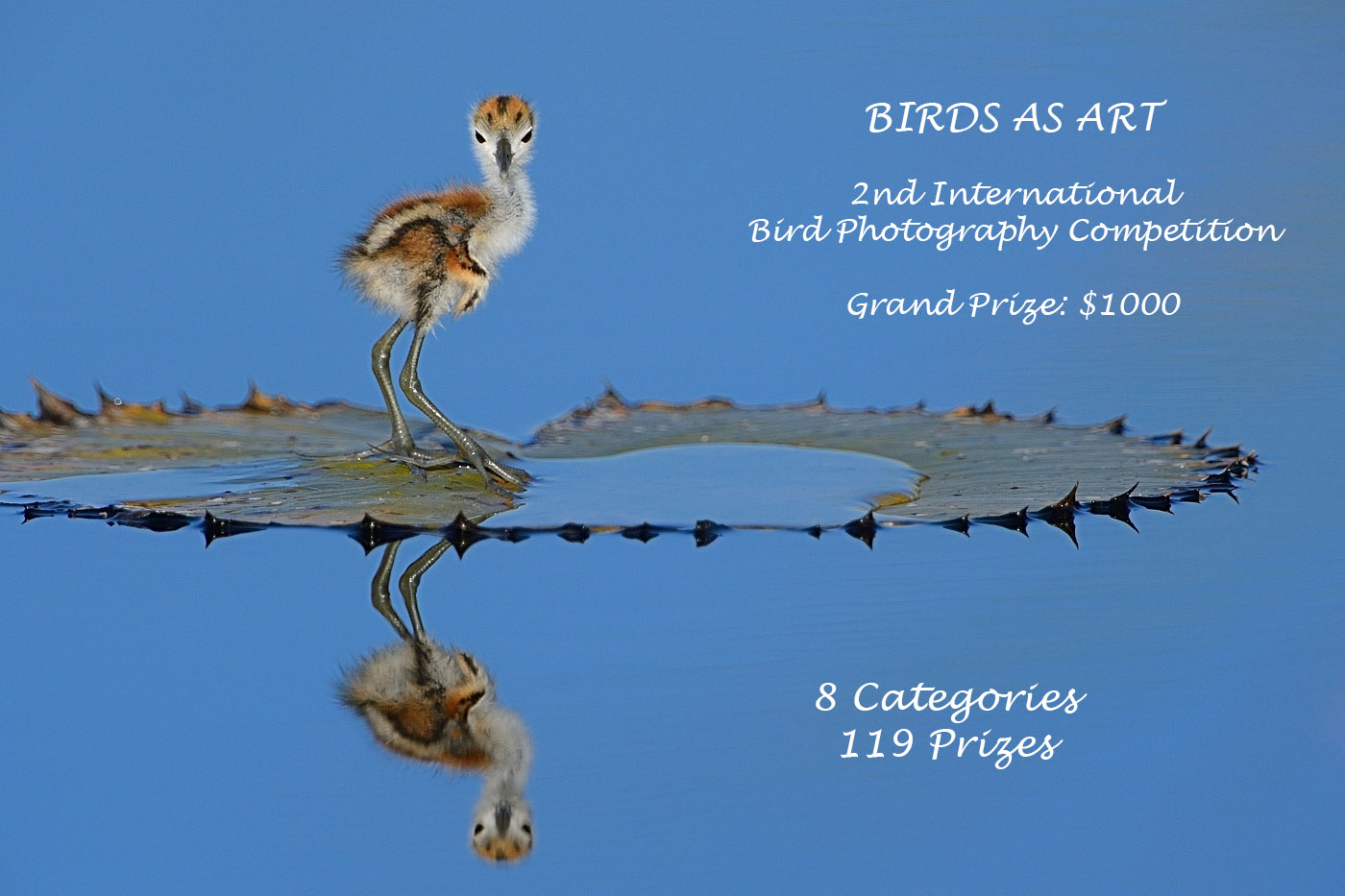
|
BIRDS AS ART 2nd International Bird Photography Competition
The December 31, 2013 closing deadline is fast approaching.
Learn more and enter the BIRDS AS ART 2nd International Bird Photography Competition here. Twenty-five great prizes including the $1000 Grand Prize and intense competition. Bring your best.
Support the BAA Blog. Support the BAA Bulletins: Shop B&H here!
We want and need to keep providing you with the latest free information, photography and Photoshop lessons, and all manner of related information. Show your appreciation by making your purchases immediately after clicking on any of our B&H or Amazon Affiliate links in this blog post. Remember, B&H ain’t just photography!




Amazon
Everyone buys something from Amazon, be it a big lens or deodorant. Support the blog by starting your search by clicking on the logo-link below. No purchase is too small to be appreciated; they all add up. Why make it a habit? Because I make it a habit of bringing you new images and information on an almost daily basis.
Typos
In all blog posts and Bulletins feel free to e-mail or leave a comment regarding any typos, wrong words, misspellings, omissions, or grammatical errors. Just be right. 🙂
IPT Info
Many of our great trips are filling up. You will learn more about how to make great images on a BAA IPT than anywhere else on the planet. Click here for the schedule and additional info.

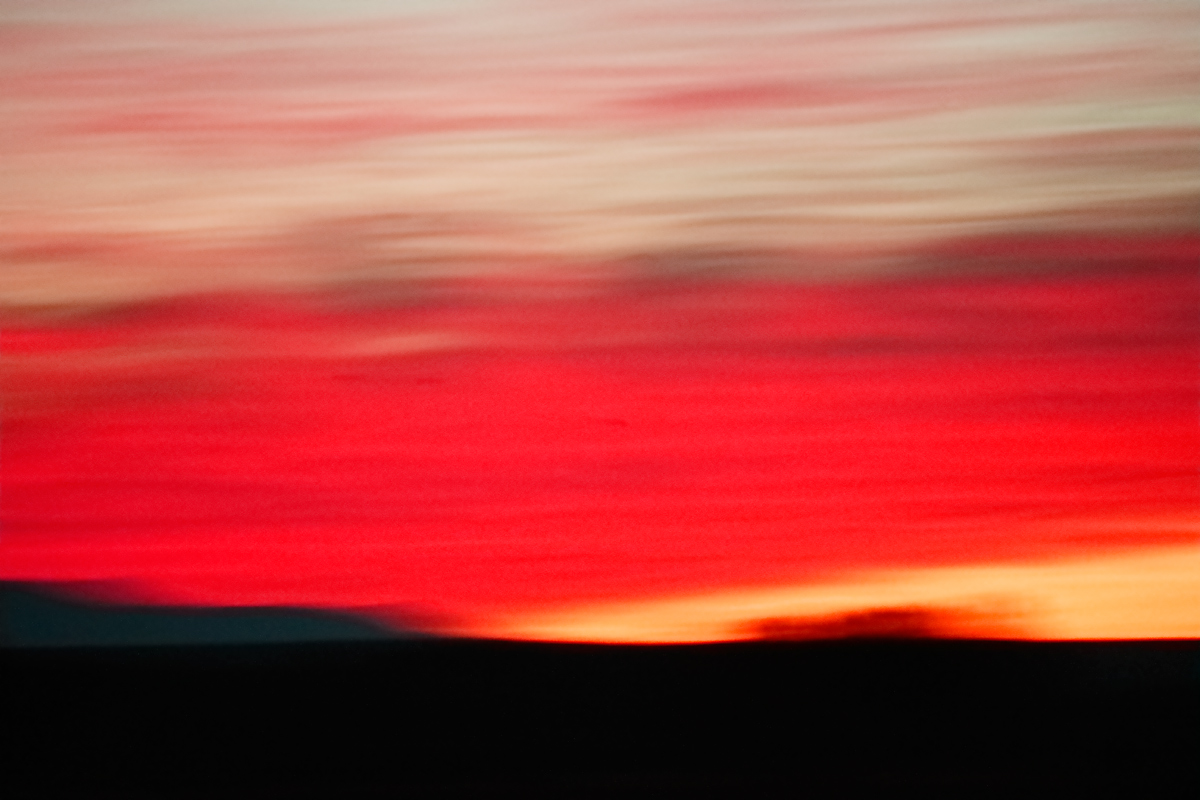
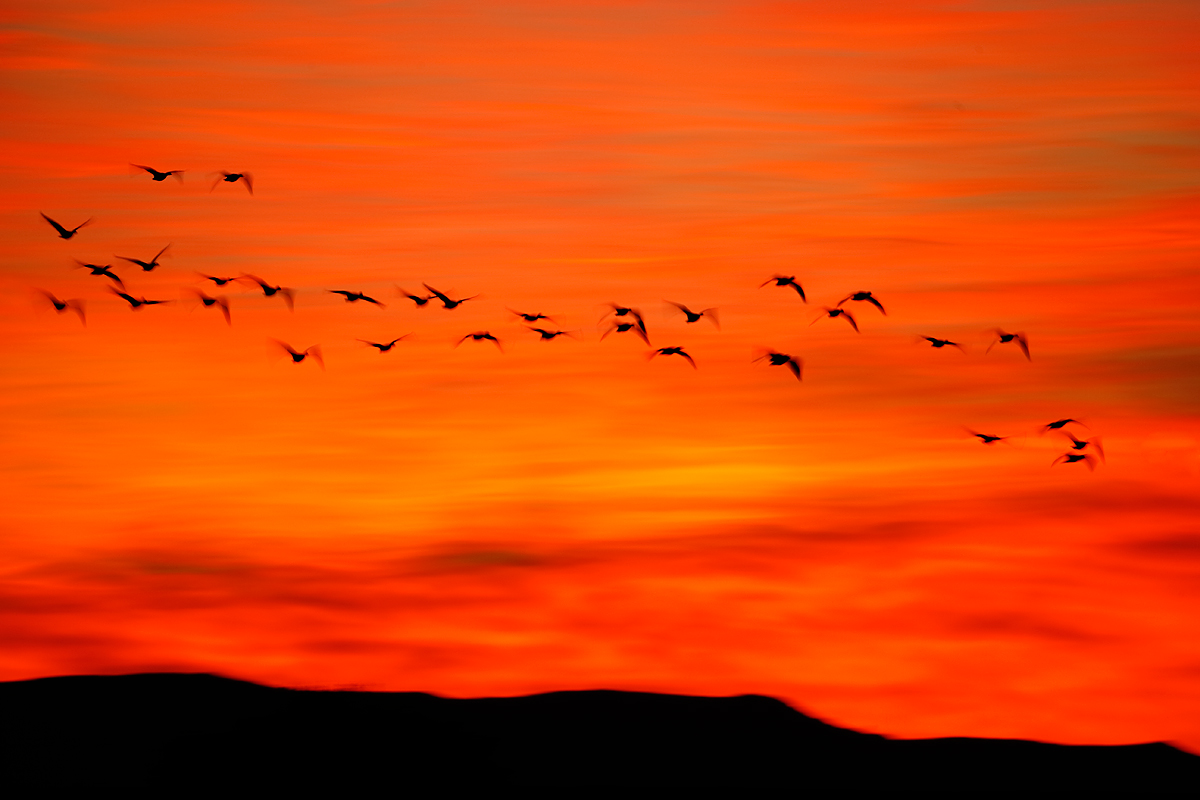
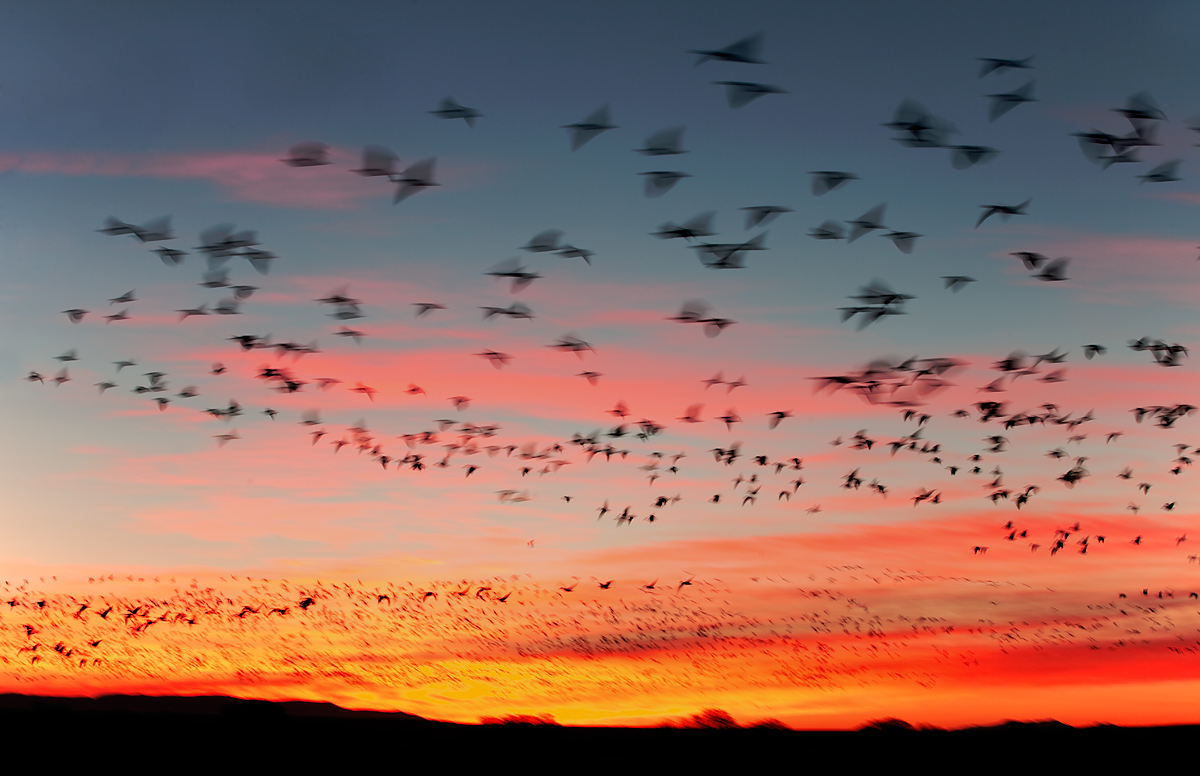
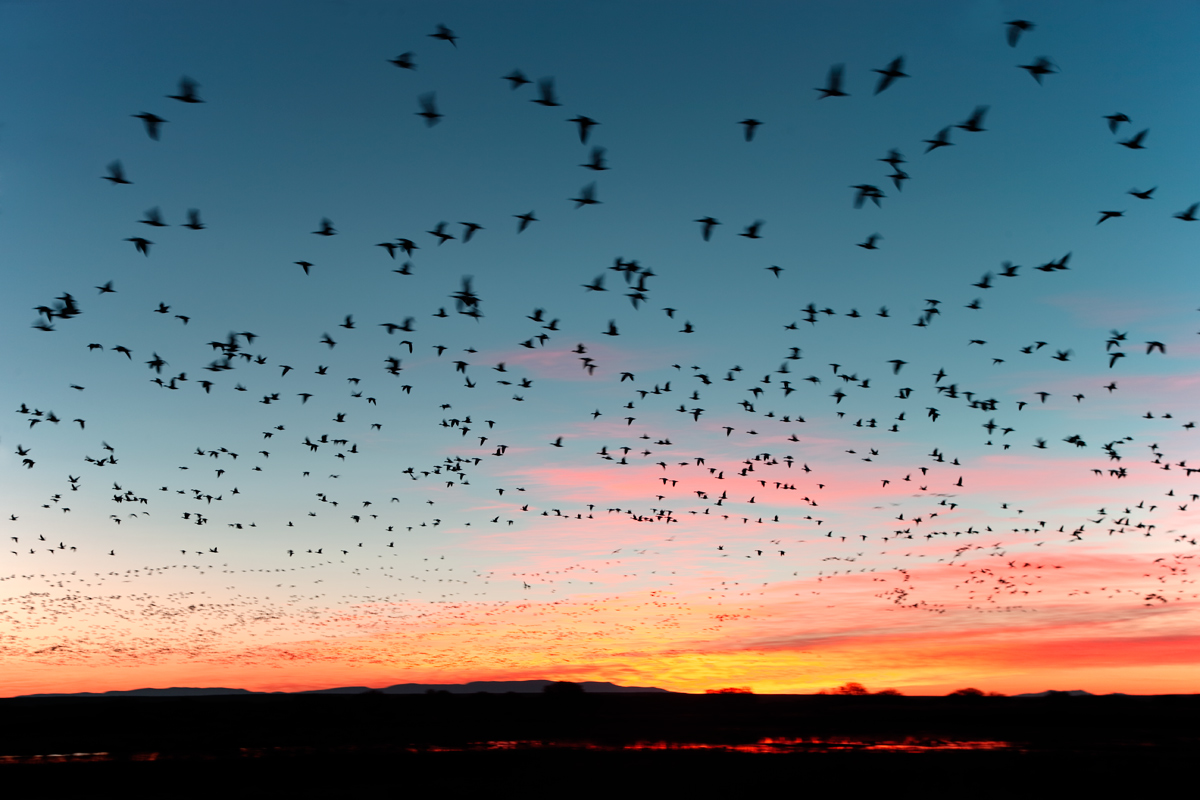













On our first self drive safari, 1998, in Uganda driving around for a week, we drove up on a herd of elephants, so close that I got two rolls of frame-filling slides. When we got the slides back they were all out of focus. It was a mystery until Bev and I realized that we were so scared to be so close to elephants that we were afraid to shut the car off – resulting in too much vibration.
Screw up…I learned from one of your Florida IPT’s to increase the
color temp for more dramatic sunsets.
I kept telling myself, don’t forget to change it back…don’t forget
to change it back.
Guess what I forgot?
Luckily it was only a few images.
Doug
Hey Doug, Been there, done that. Too many times 🙂
After college, I finally had time to indulge my true passion, training gun dogs. I had a Brittany Spaniel that was just a bird finding machine. When in the birds she was a joy to watch. I decided to take pictures of our next hunt. I borrowed a 35 mm camera and had a great day in the field, with several great pictures the magazines would fight over. When I got home, I tried to rewind the film and discovered that I had put the film in wrong. There were no pictures! I decided then and there that I would learn to take pictures properly. To this day I search out the experts in their photography fields and learn as much as I can from them. That’s how I found Artie.
Thanks for sharing. Do NOT ask me about the juvenile Curlew Sandpiper and my A2E film not winding camera in 1985,,,,
I had a Brittany Spaniel too, took OK photos of birds found and retrieved. Have never quite gotten over it….the Spaniel that is.
Art, the Snow Geese fly-in-at-sunrise is a crackerjack image.
By the way, I bought your Bosque Site Guide today and will use it in February and March
at Middle Creek Wildlife Management Area in eastern PA, that hosts thousands of Snow Geese
during spring migration. Here is a shot of a Snow Geese eruption in 2005:
http://www.pbase.com/dsktc/image/40860289
Dave
Thanks for sharing. I actually like this one a lot better: 9597 PS.jpg artie
ps: blast-offs rock. You should try some blurs!